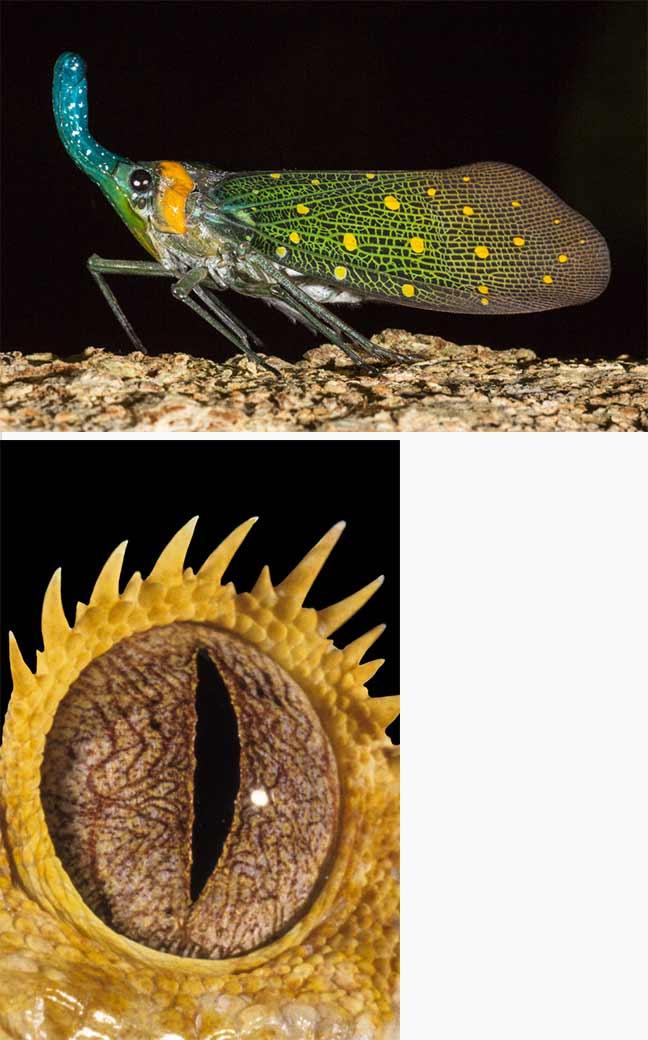
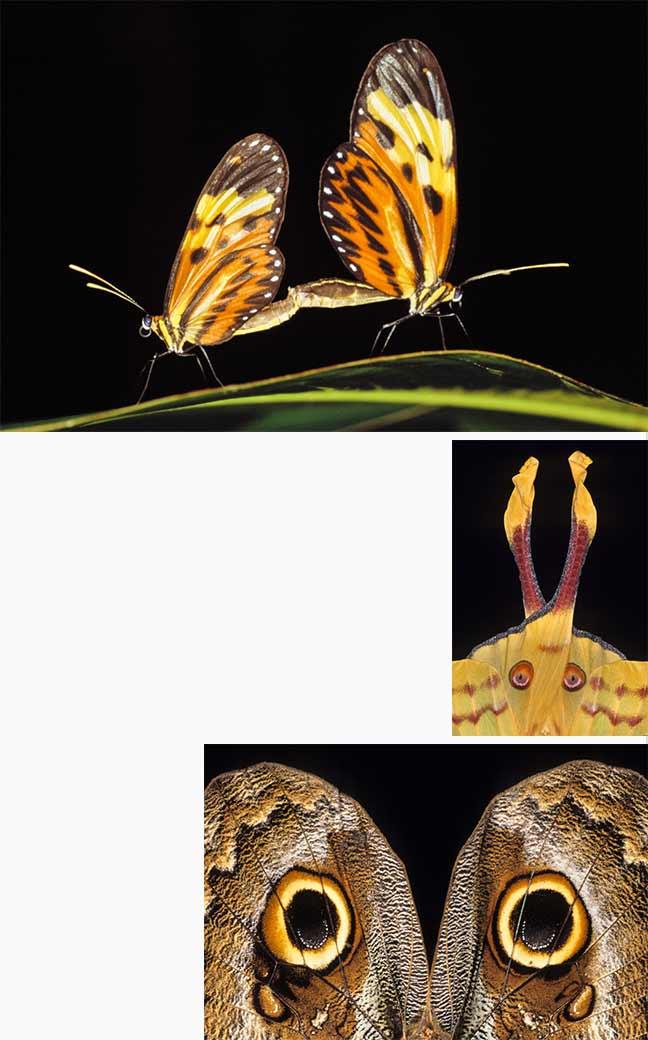

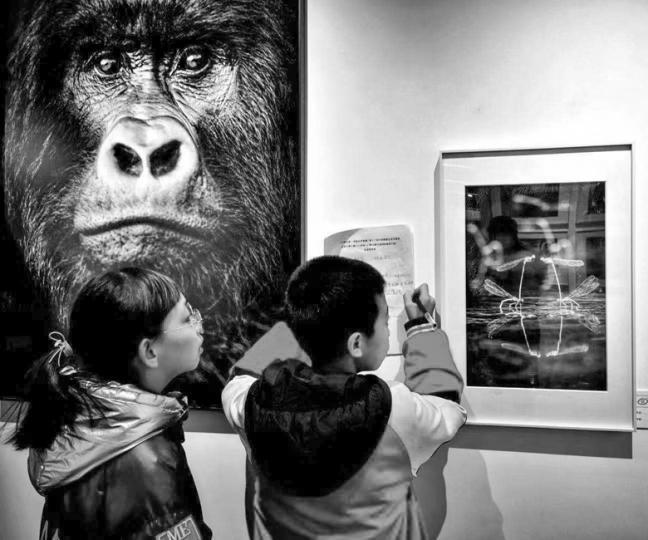
"L'Arche photographique" in Sanmenxia, Henan province, China.
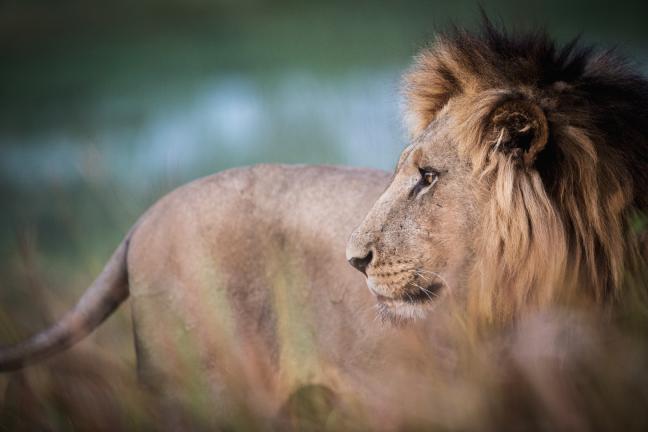
African lion (Panthera leo)
Lions are disappearing at an alarming rate. In 50 years, their territories have shrunk by almost 85%.
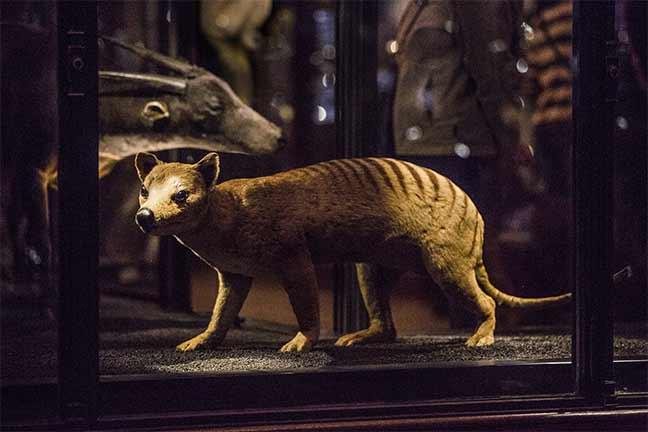
Thylacine (Thylacinus cynocephalus)
Also called the Tasmanian tiger, the species lived in Australia and New Guinea. The last specimen died in Hobart Zoo in 1936.
Photo taken at the Muséum National d’Histoire Naturelle in Paris
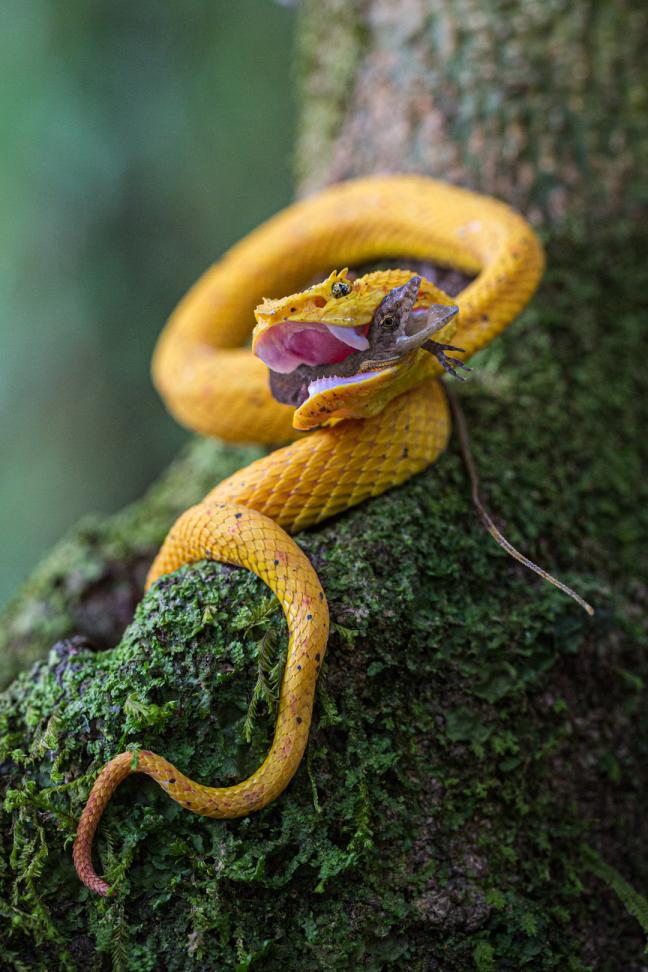
Eyelash Viper (Bothriechis schlegelii)
Reptiles are at the forefront of species extinction.
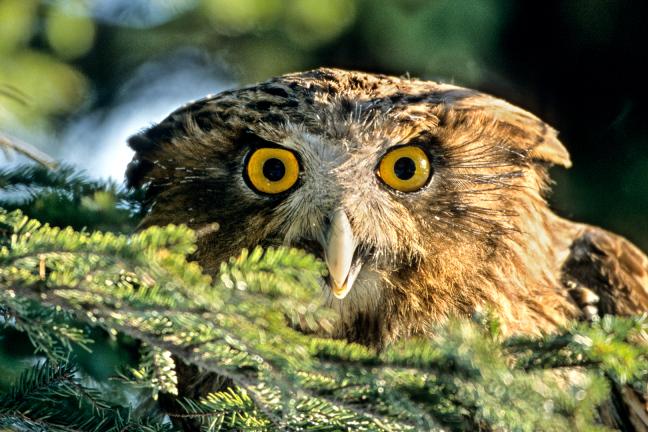
Blakiston's fish owl (Ketupa blakistoni)
This bird of prey is endemic to the island of Hokkaido in Japan. Its population and distribution are shrinking year by year.
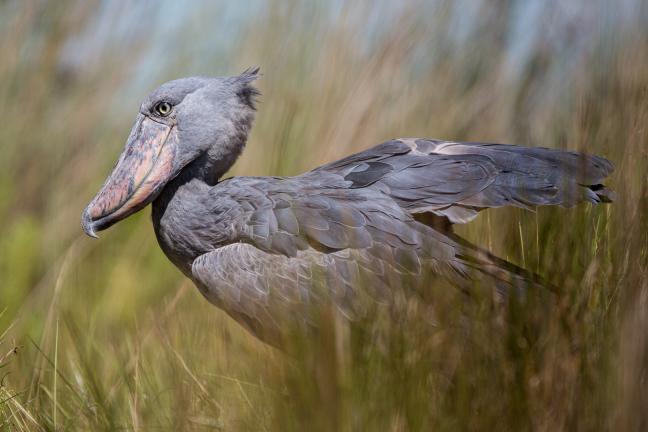
Shoebill (Balaeniceps rex)
A bird threatened with extinction due to habitat loss. The wetlands in which it lives are being increasingly drained as they are converted to farmland.
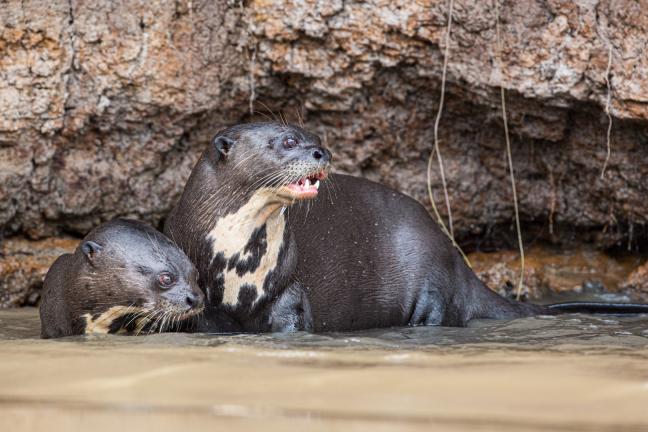
Giant river otter ((Pteronura brasiliensis)
Photographed in the Pantanal, Brazil. Its conservation status is: endangered.
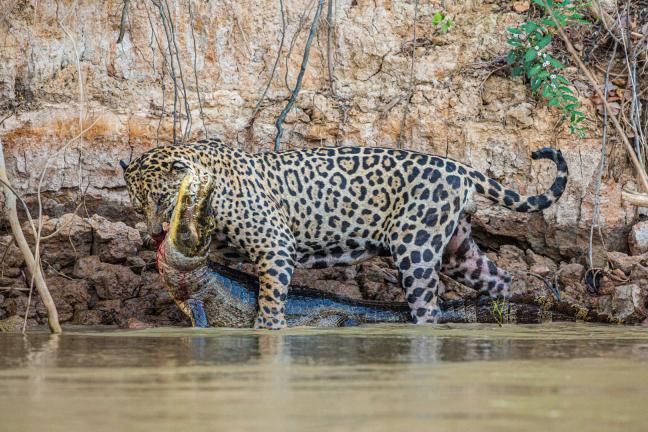
Jaguar (Panthera onca)
This carnivorous mammal belongs to the felidae family. It is threatened with extinction due to the fragmentation of its territory.
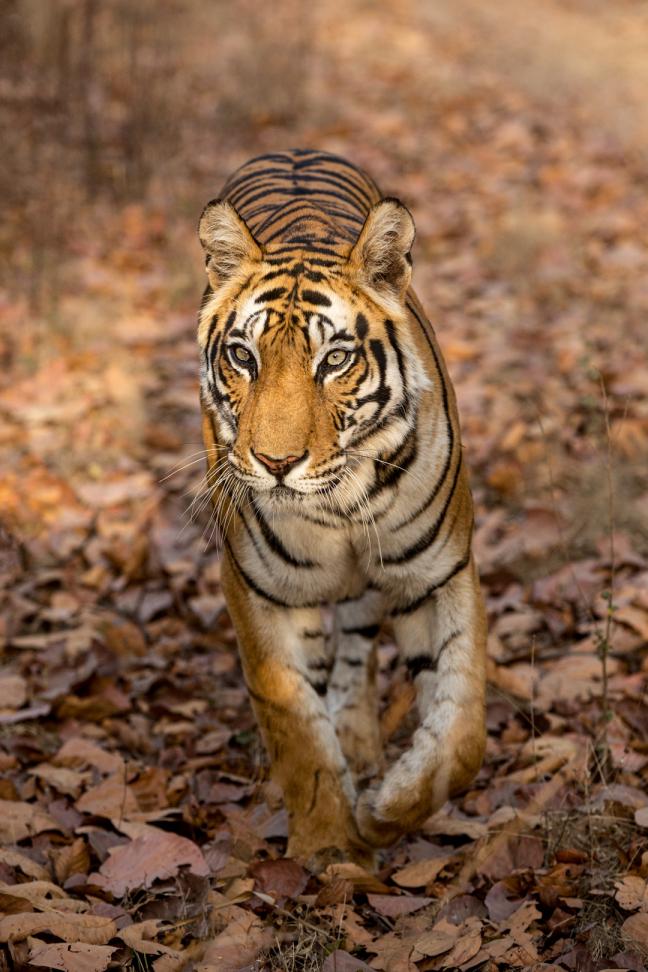
Bengal tiger (Panthera tigris tigris), photographed in Bandhavgarh National Park.
An emblematic figure in the animal kingdom, the tiger is increasingly threatened with extinction. Among tiger species, the Sumatran tiger (Panthera tigris sumatrae) is the most threatened with extinction.
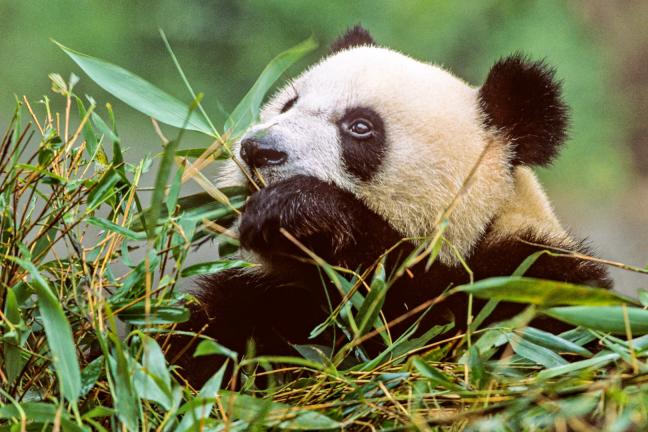
Giant Panda (Ailuropoda melanoleuca)
Because it eats mainly bamboo, the panda is highly threatened by deforestation. The species has become a global symbol of environmental protection, and is featured on the WWF logo.
L’arche Photographique
Itemise and inform
L’arche photographique
The project L’Arche photographique was introduced officially and for the first time in 2002 by Gilles Martin in the magazine Terre Sauvage. This great project goes beyond photography to touch on our consciences. The photographer’s ambition is to create, at the dawn of the third millennium, a “photographic planetary Noah’s ark”; to photograph, before it’s too late, endangered wildlife; and to bear witness to those rare and threatened species on the International Union for the Conservation of Nature (IUCN) red list of threatened species.
All animal species of L’Arche photographique were photographed by Gilles Martin in their natural habitat in their country of origin.
A long term mission : covering a hundred countries over the six continents
This broad initiative, which began in 2000, has no equivalent either in geographical spread or in the diversity of the species photographed. It is an in-depth piece of work, planned over decades and across all continents of the globe. Gilles Martin has set himself a goal: to use photography, with its capacity to amaze and inform, to sound the alarm. His images will comprise all the beauties of the living world, but they will go beyond aesthetic celebration, to show its fragility, and to appeal to human responsibility.
L’arche photographique EXports to china
A traveling exhibition of L'Arche Photographique was presented in China.
This is a black and white version. An opportunity to make the Chinese public aware
to the disappearance of species. China is often singled out for criticism when it comes to animal protection. For some years now, a powerful youth movement has been mobilizing against wildlife trafficking and for the conservation
biodiversity.
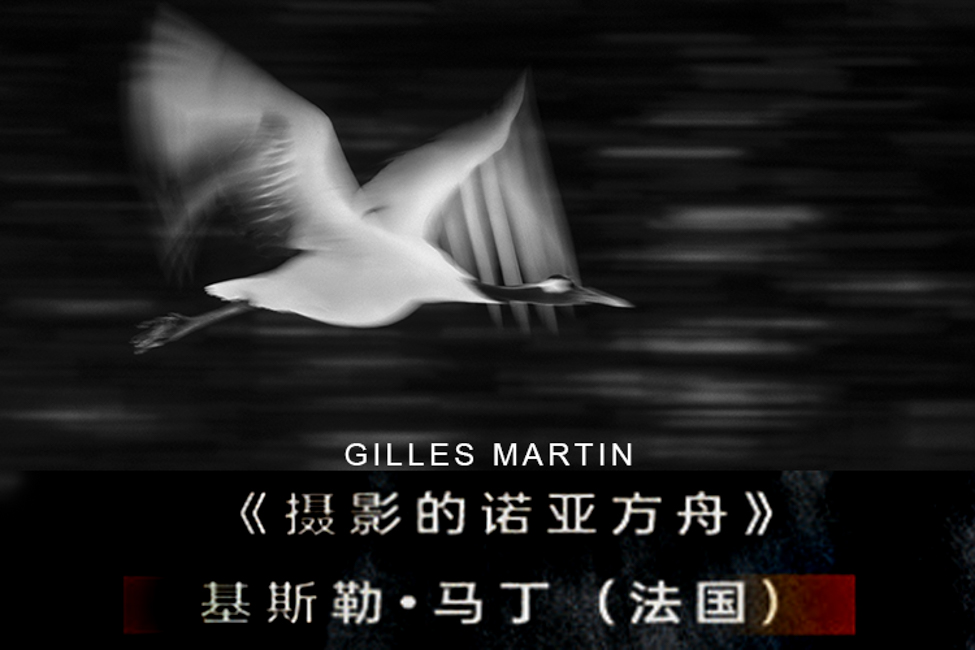
"L'Arche photographique" traveling exhibition in China. Kunming, Yunnan province.
> Discover the black and white version of the exhibition
Photographing for Nature
Images, images everywhere. Television, internet, mobile phones, magazines, exhibitions, advertising… We may be charmed or sickened, but we are still caught in their grip, trapped by increasingly virtual worlds, just as wildlife is trapped in a world that is no longer fit for it. Might these images of the world have made us forget the world? And what state is this world in? Do we really know?
Gilles Martin has decided to bring us news of wildlife as it is – as it is disappearing, perhaps. Wildlife as an indicator for a term as hackneyed as it is misused: biodiversity.
To do this, he uses photography in its most noble guise: an image which reveals something profound. A testimony; an emotion. Gilles Martin has chosen to bear witness to something essential: the living world, and worlds that are dying. His battleground is Nature itself; and his commitment is to show us those creatures that are teetering on the verge of extinction.
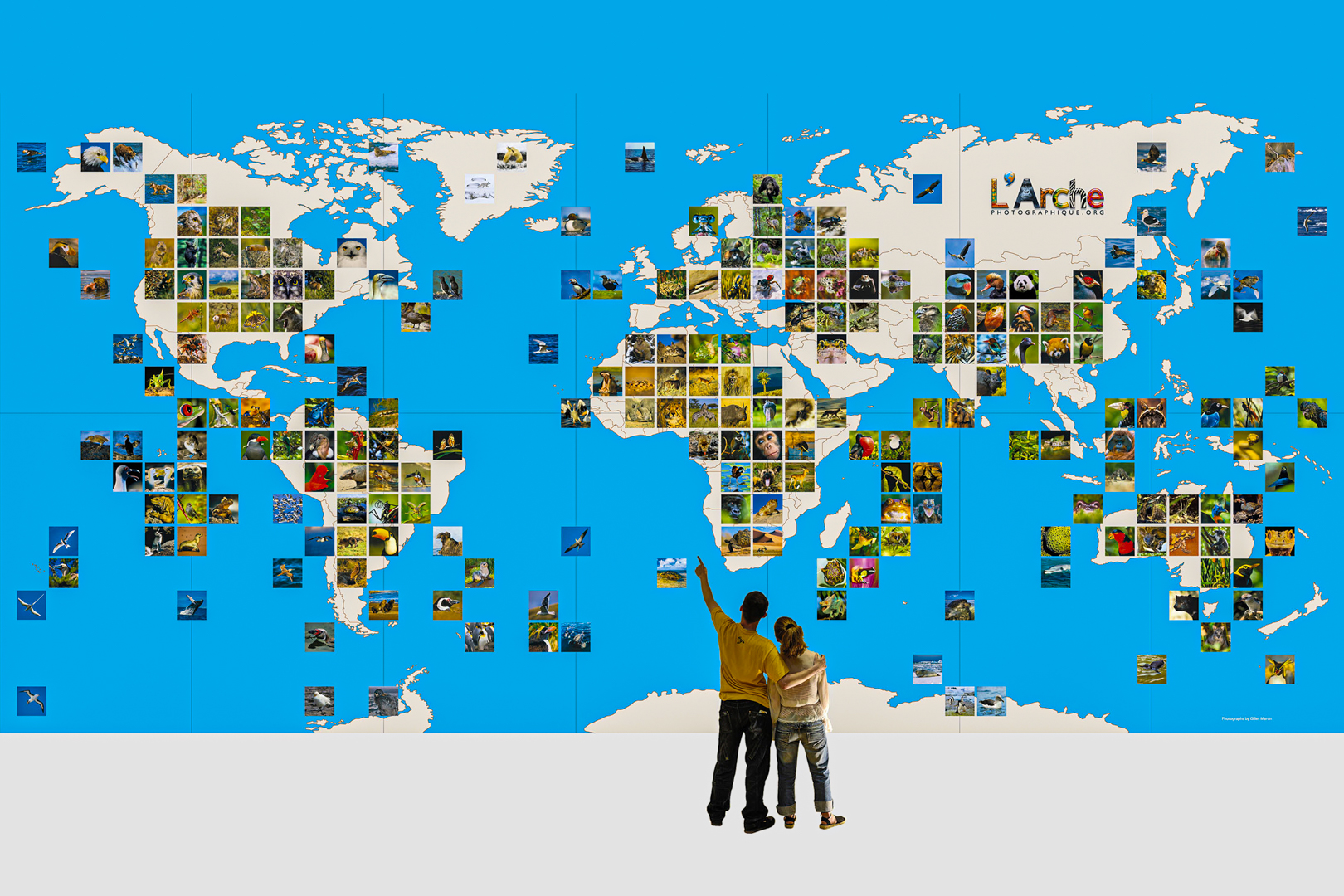
L'Arche Photographique's inventory covers a hundred countries on 6 continents. It provides a visual and educational overview of biodiversity.
They number in the hundreds, alas. And the list – from deserts to forests, mountains, and mangroves – resounds, in the end, like a curse in human ears. We can only reel as we add up what we have already destroyed. Do the dodo or the Tasmanian tiger – whose glass eyes we peer at, feeling vaguely guilty, in the depths of museum collections – herald legions of stuffed animals, consigned to the glass cases of museums, and to memory? But while humanity has a gift for stealing, it also has sudden flashes of insight. Humankind sometimes remembers that it is intelligent and, better, endowed with a conscience, a moral sense. Then, there is talk of biodiversity, protection of nature, ecology. Humankind acts. For today, we no longer have the excuse of not knowing. We can be clear-sighted with despair or with rage.
Gilles Martin has chosen to fight using the means at his disposal. Those of a photographer who will paint the portrait of threatened species: those that are on the brink of annihilation, those which still stand a small chance. They lie precisely in that narrow time frame within which we can still act: that is, starting now, over the next 10 years – and all together. Images that resemble a cry of alarm. Images of a countdown. The mission is urgent and colossal: it has taken Gilles Martin across six continents over years, like a soldiermonk of nature photography.
After 10 years of work, and 100 countries later, his photographs will stand like a manifesto. Then, we must look them in the face, for each of them will tell us the destiny of an animal which narrowly escaped death. And if it has disappeared for good, will we still have the courage to look these stuffed animals in their glass eye?
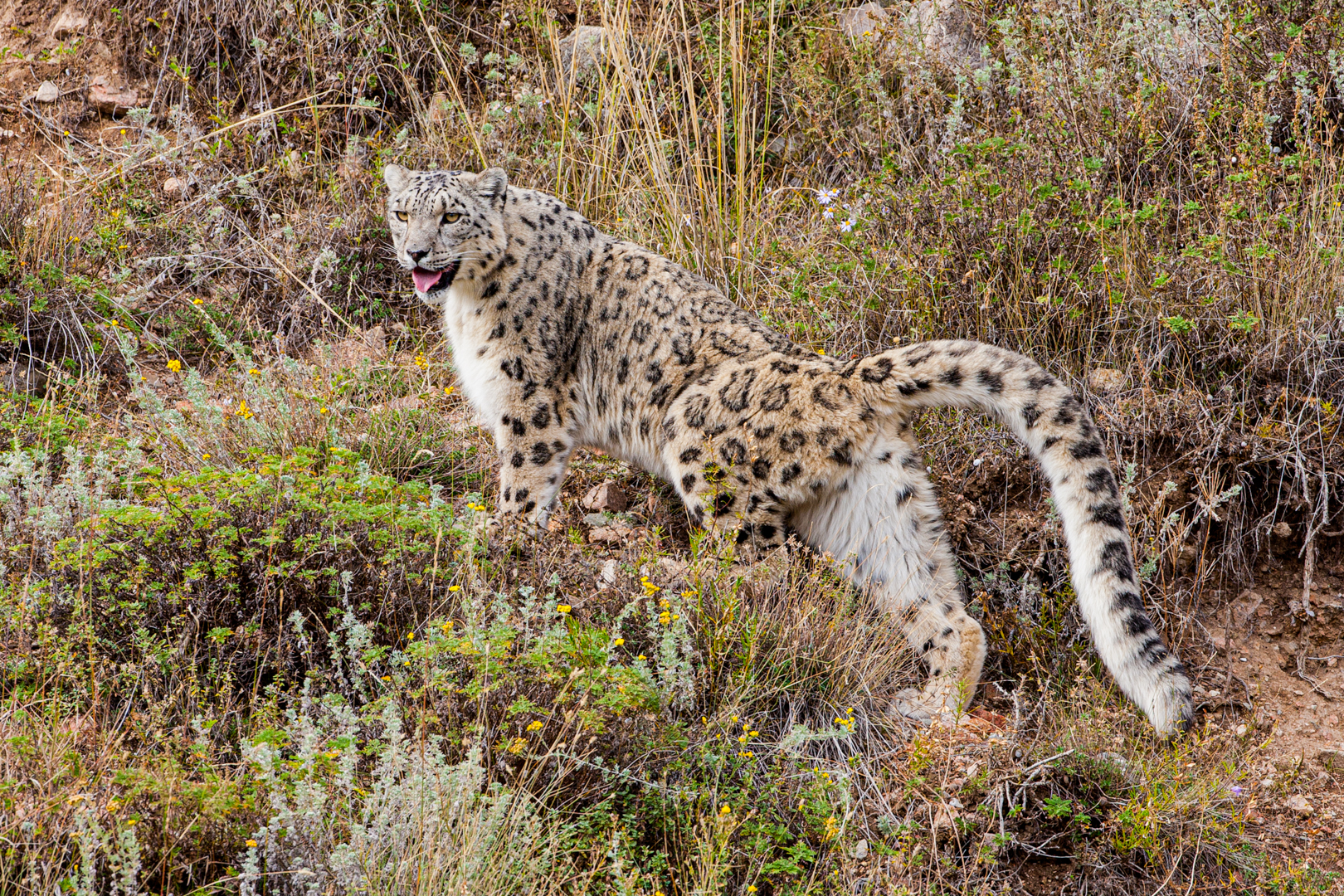
Snow leopard photographed in Kyrgyzstan.
The expansion of human populations is encroaching on their habitat, and the snow leopard's territory is shrinking in favor of pasture.
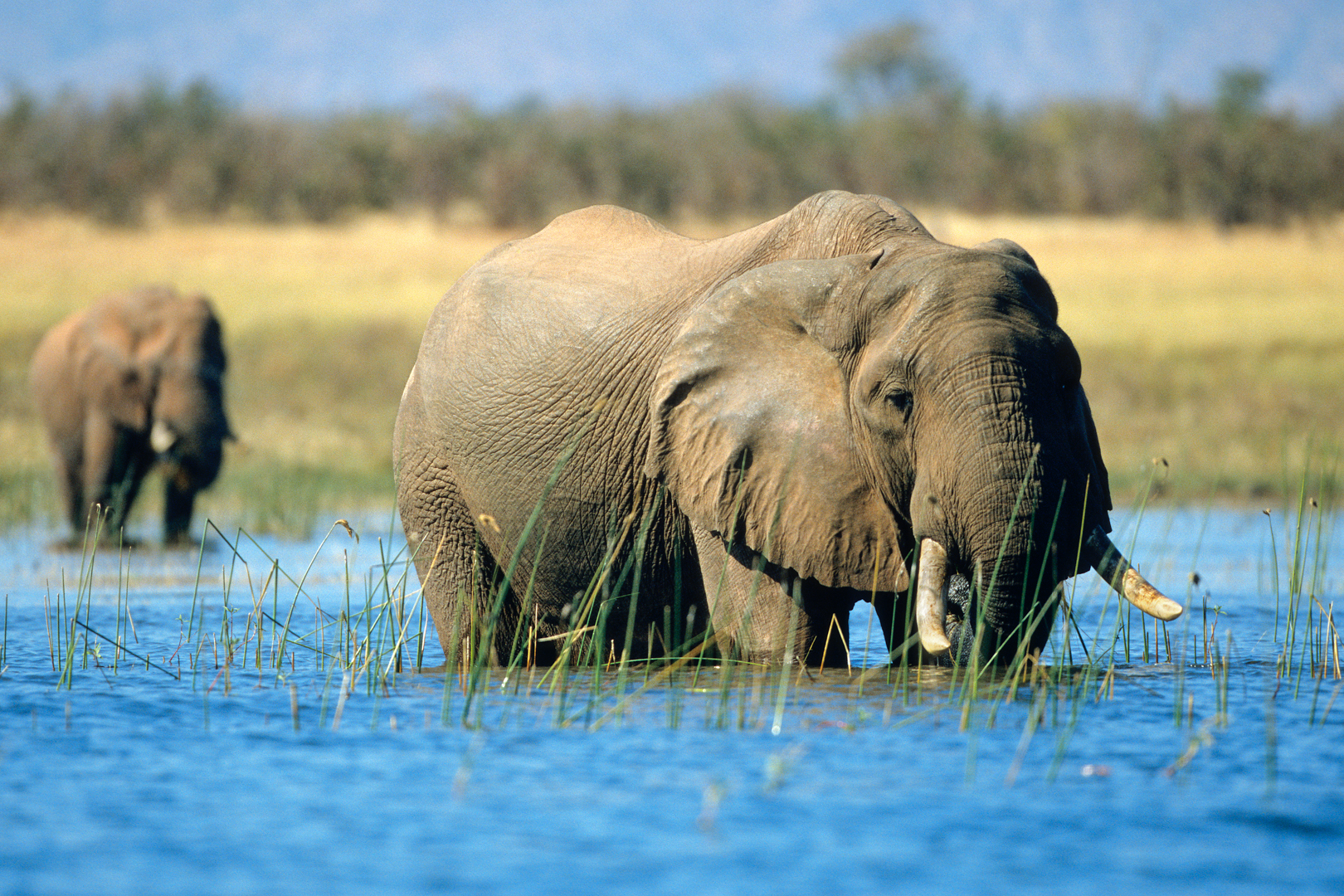
Éléphants d'Afrique se nourrissant dans le lac Kariba. Les éléphants sont extrêmement menacés. Ils sont traqués par les braconniers pour leur ivoire.
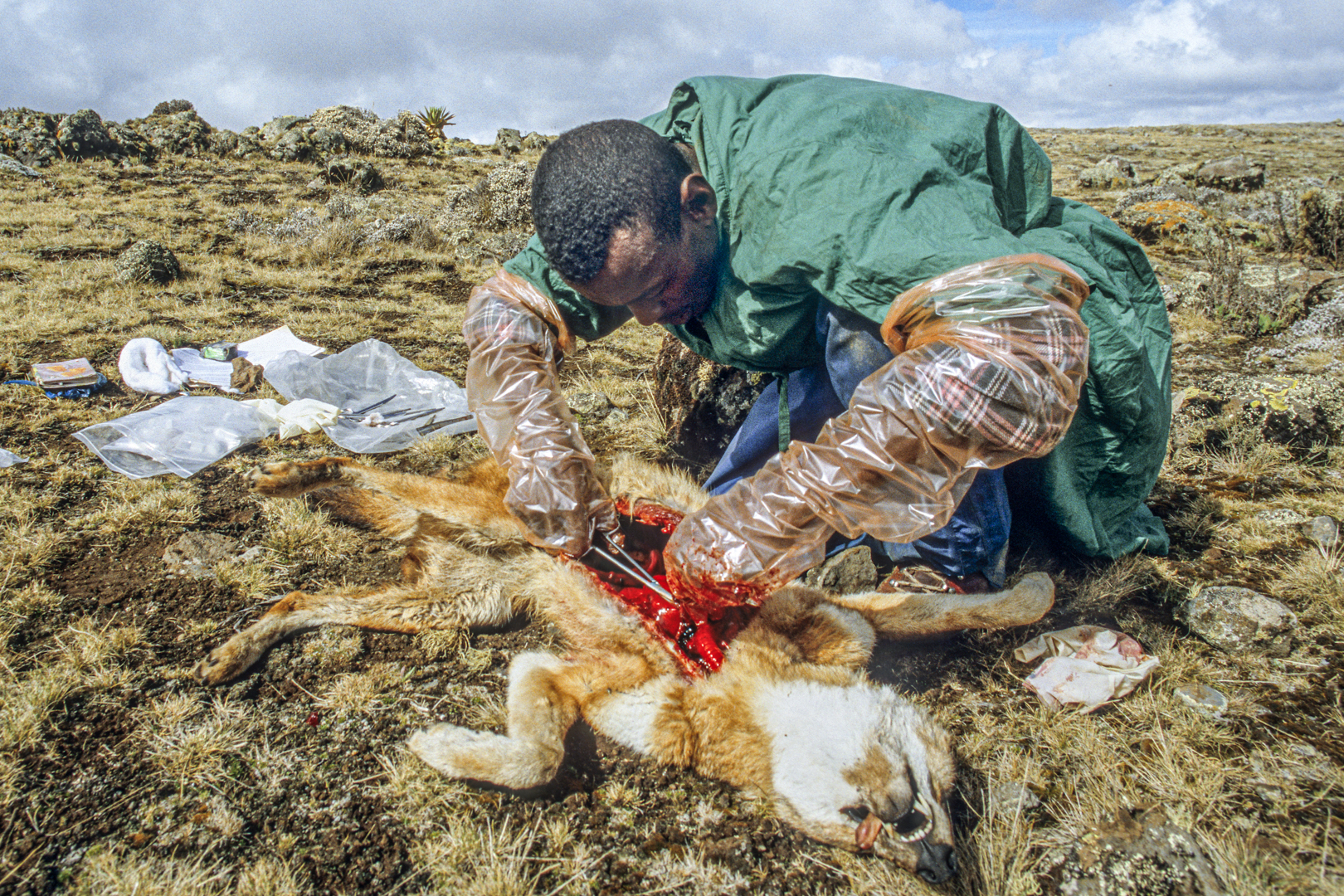
Biopsy performed on a dead Abyssinian wolf.
An Ethiopian biologist examines the animal on site and performs a biopsy.The cause of death was probably rabies, which has been decimating the Abyssinian wolf for several years.
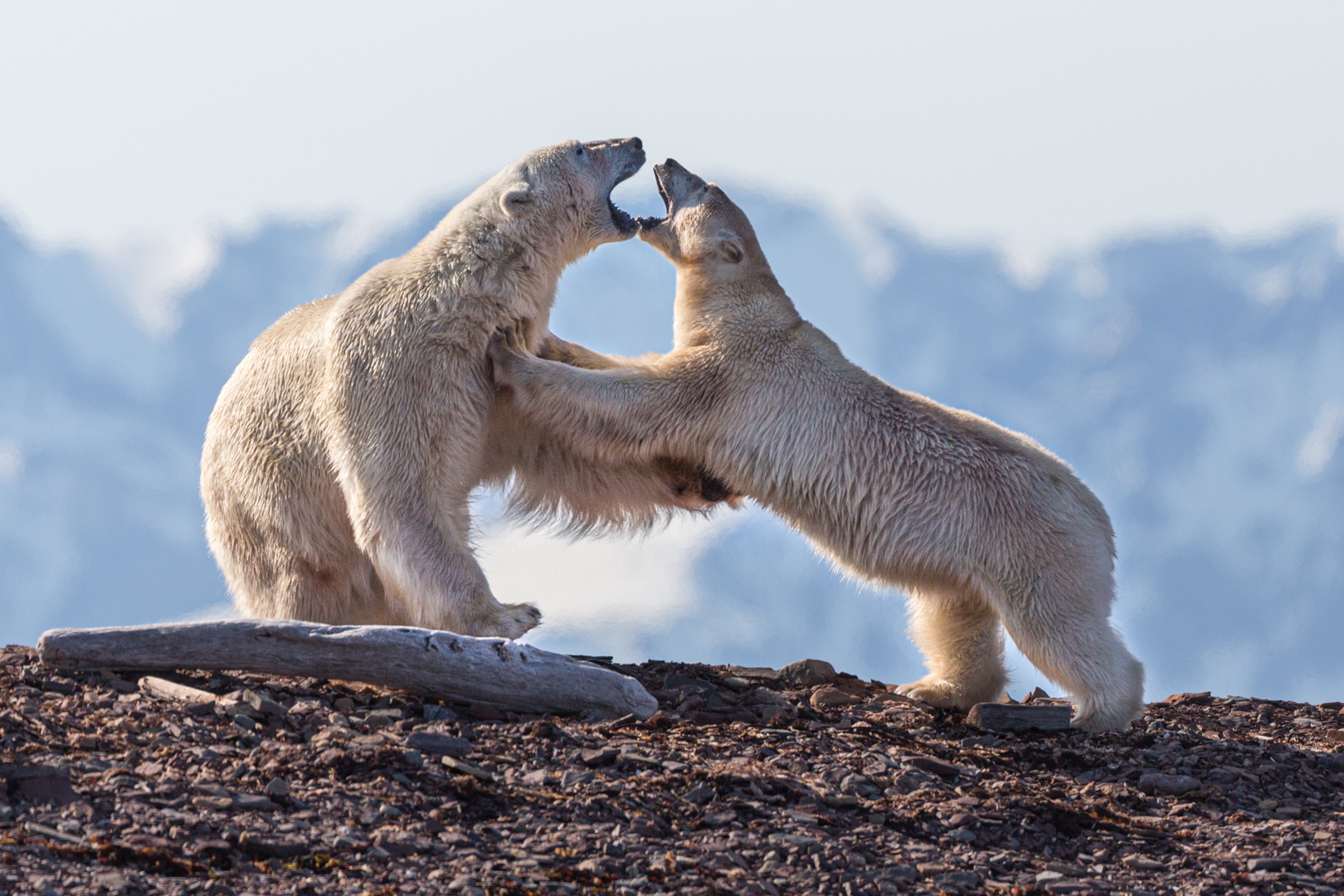
Les ours polaires sont confrontés à la fonte des glaces dues au réchauffement climatique. La réduction de la surface de la banquise diminue la période de chasse de l'ours polaire. Ceci implique une diminution de la nourriture à sa disposition.
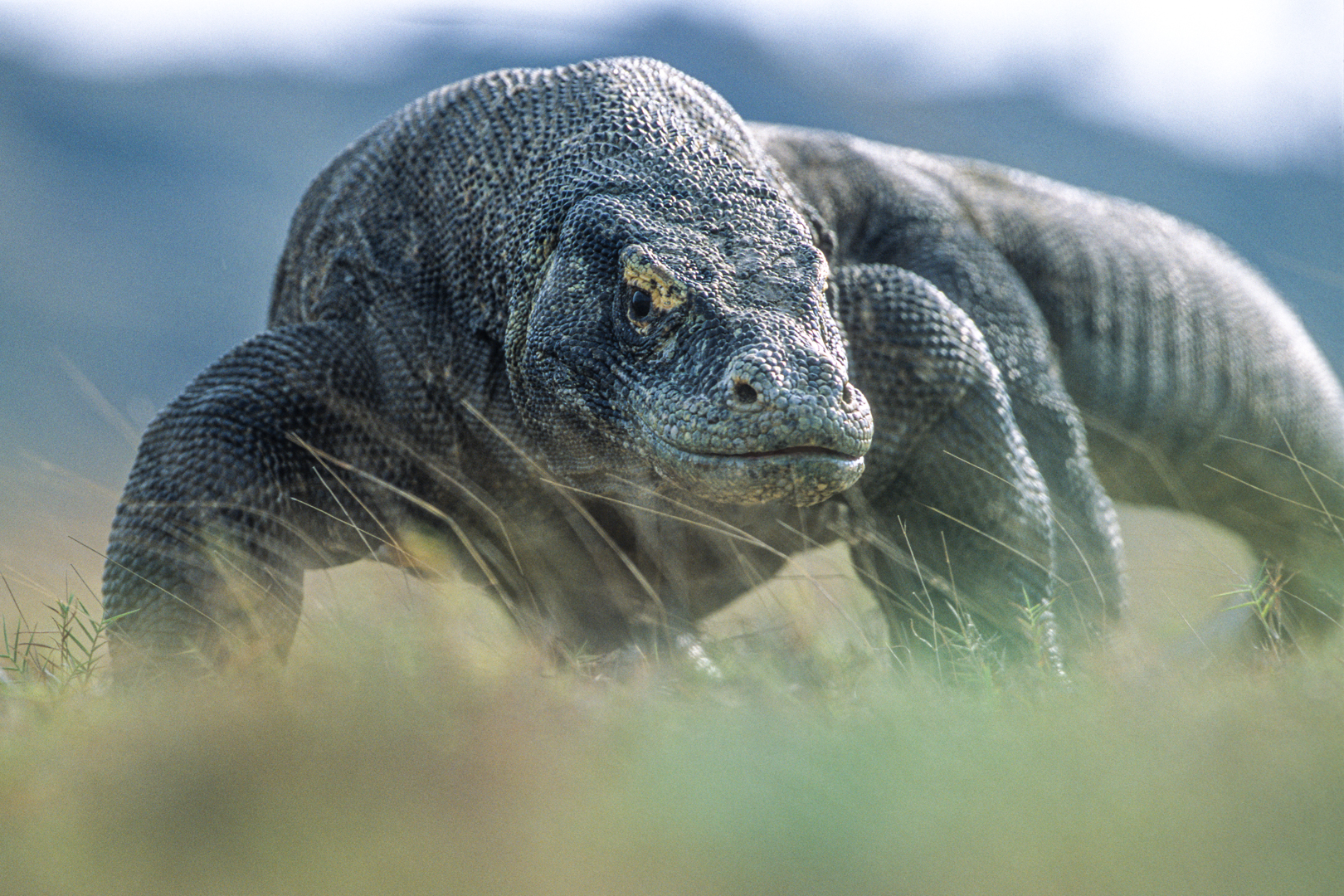
Locally known as "ORA", the Komodo dragon (Varanus komodoensis) is the world's largest lizard. It can measure up to 3 meters in length and weigh 140 kilograms. It is one of the oldest species in the world. Komodo National Park was created on March 6, 1980, designated a biosphere reserve (MAB program) in 1986 and a UNESCO World Heritage Site in 1991.
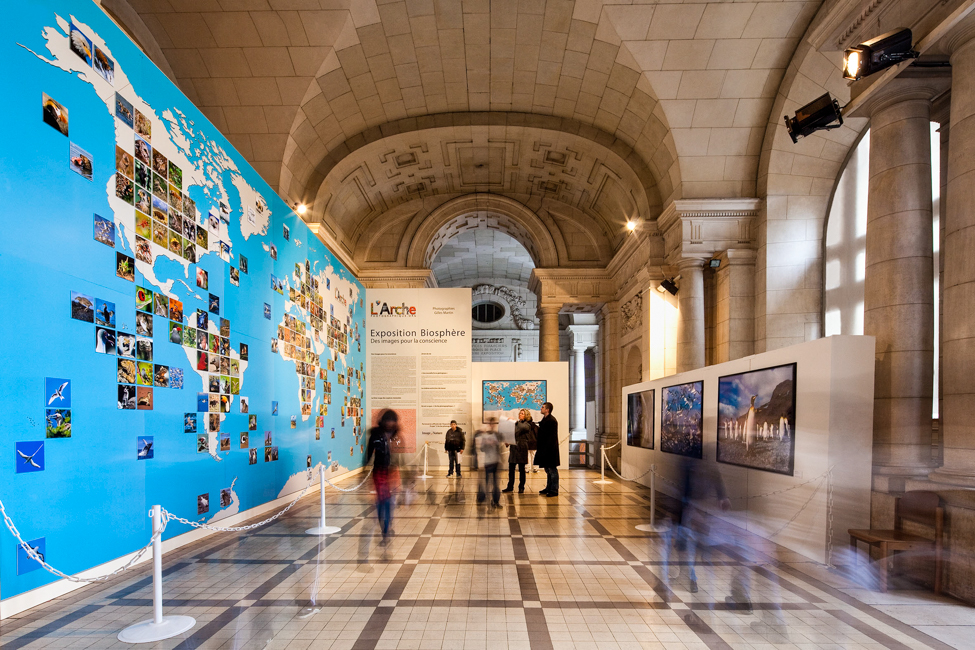 Presentation of the color version of the "L'Arche photographique" exhibition in the peristyle of Tours town hall.
Presentation of the color version of the "L'Arche photographique" exhibition in the peristyle of Tours town hall.
